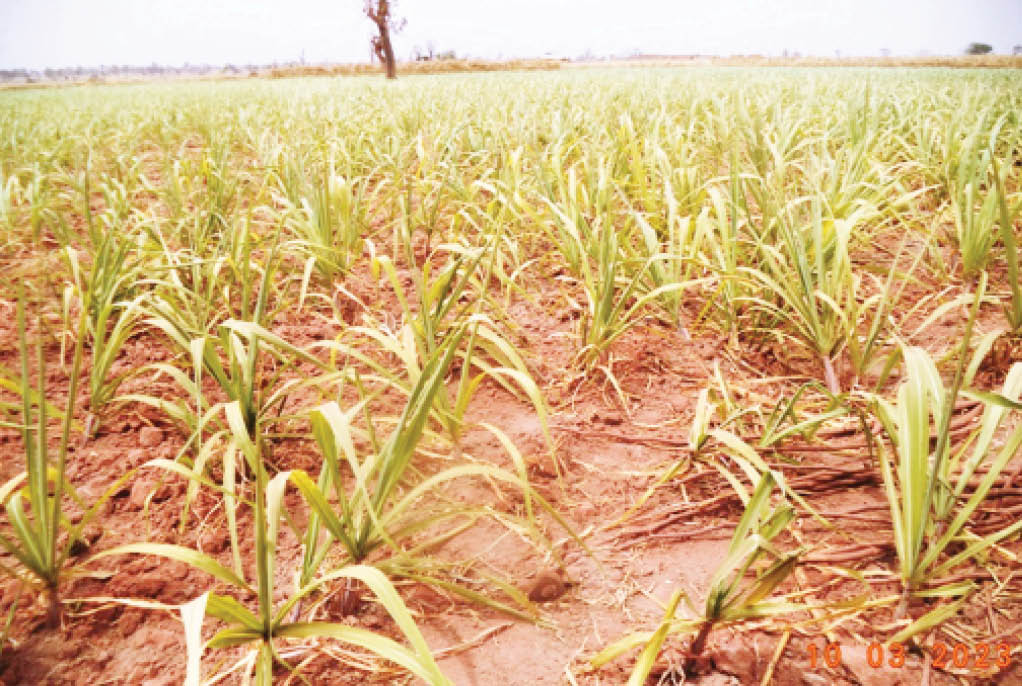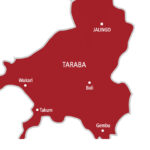Sugarcane farming, which was an exclusive reserve for local farmers, has, in recent years, become a lucrative venture that attracts youths and the elite in Katsina State.
Sugarcane (saccharum officinarum) is a highly productive tropical grass, which is native to Asia, where it has been cultivated for over 4,000 years. It was one of the first cash crops of early colonial America, from where the black type was imported into Nigeria in the 1960s.
According to the Agricultural Marketing Resource Centre (2022), beside other industrial processing, over 70 per cent of the world sugar comes from sugarcane.
Sabuwa, Dandume, Faskari, Maska, Kankara, Bakori, Danja and Kafur were the hub of sugarcane production in Katsina State, and according to the farmers, they were raking millions of naira yearly from its farming.
Kano onion farmers predict glut, demand storage facilities
CBN’s cash directive: Kano grain markets bouncing back
Muhammad Ashiru, a civil servant in Sabuwa, said he has been into sugarcane production for the past seven years.
“A friend of mine introduced me to sugarcane production in 2016 and this has tremendously boosted my economic base as a civil servant. Within the last two years I finished my two-bedroom house without any loan from bank. This year alone, I sold a produce worth of over N3 million.”
Ashiru added that his next target was to obtain a large farmland for sugarcane production.
“For now, I have only one farm, which is a little over two hectares. My plan is to retire from service in the next eight years and fully engage in farming,” Muhammad Ashiru said.
Usman Ladan, another farmer who is a graduate of Biology from the Federal University, Dutsin-ma, said population explosion and the restoration of peace in the North East had increased demand for the produce.
“The success recorded since 2015 in combating Boko Haram insurgency has paved way for merchants to transport the produce to the North East, and in some cases, Chad and Cameroon. The highest percentage of sugarcane we produce here is eaten as snack, only a small amount goes for jiggery production. There is a special variety meant for the production of refined sugar, and we are not cultivating it here,” he stated
Ladan added that sugarcane farming had been his family business for decades, adding that it now yields huge profit for farmers.
“Averagely, an acre of farmland that normally produces 10 bags of maize can produce sugarcane worth N400,000.
“Organic manure is sacrosanct in boosting the crop yield and for a hectare eight bags of fertiliser are required at the tail end of its production. One can harvest sugarcane worth N1.6 million from a hectare everything being equal,” Usman Ladan said.
Hamza Abdulhamid, a local farmer in Sheme, Faskari Local Government Area, said planting of sugarcane would start from September to November, and it takes full year to mature.
“To maximise profit, around May/June we interplant maize in the sugarcane, which gives good yield, courtesy of the manure and fertiliser applied. Where the cane plants are sparsely populated in the farm, we plant rice in between and it also gives good yield,” he added.
He added that unlike in the past when merchants took the produce from the farmers on credit, they now pay up front at the rate of N6,000 per bunch.
“Despite the huge profits in its production, some farmers who are used to both wet and dry season farming prefer to go for maize. After its harvest they plant tomato or wheat.
“Sugarcane farming is tedious and requires capital for large scale production,” Hamza Abdulhamid said.
As a perennial warm season grass, it means that sugarcane does not need to be replanted every year. When harvested, it is cut just above the root level so that new sprouts will grow, ready to be harvested again in 10 to 12 months. It grows to be 10 to 20 feet high, depending on the variety, fertility of the farm and treatment.

 Join Daily Trust WhatsApp Community For Quick Access To News and Happenings Around You.
Join Daily Trust WhatsApp Community For Quick Access To News and Happenings Around You.


